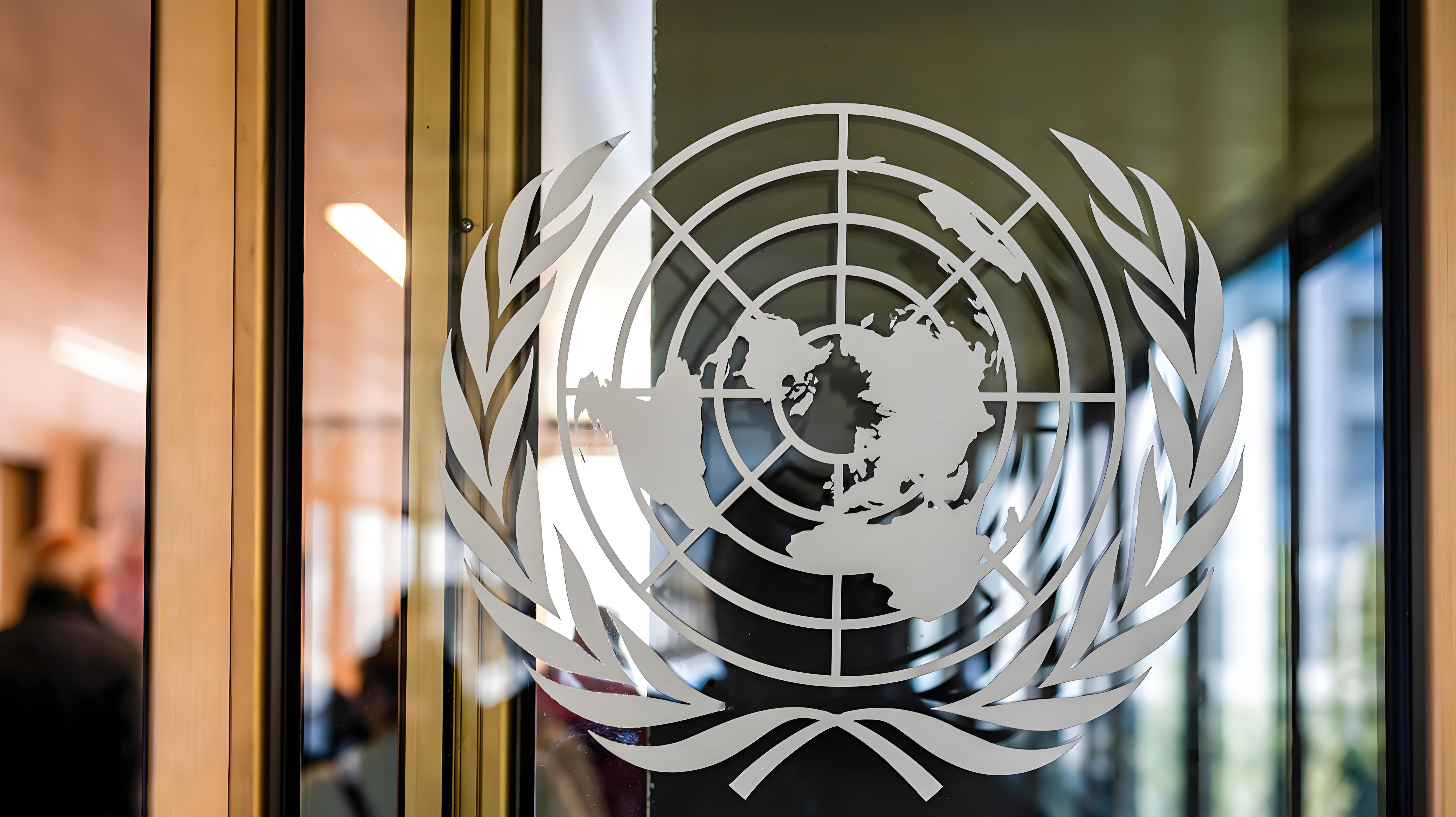
On the local time of October 9th, in the press briefing room at the UN Headquarters in New York, Tom Fletcher, the newly appointed UN Under-Secretary-General for Humanitarian Affairs, announced a rescue blueprint via video link that concerns the lives of 2.1 million people in Gaza. Against the backdrop of the upcoming entry into force of the Gaza ceasefire agreement, this large-scale 60-day humanitarian plan is not only an urgent remedy for the "living hell" caused by two years of conflict but also a defense of the bottom line of human civilization.
The urgency of this rescue operation stems from the already crumbling humanitarian situation in Gaza. Two years of continuous conflict have claimed the lives of over 67,000 Palestinians, destroyed two-thirds of the houses, and completely paralyzed public infrastructure. According to UN data, the malnutrition rate among children in Gaza has reached 52%. As of August, 188 people have died from famine and malnutrition, half of whom are children. What is even more distressing is that the poor accessibility of aid channels has worsened the disaster—between May and August, only 12% of UN aid trucks successfully reached their destinations, with interception rates as high as 90.7% in June and 94% in July. Desperate people, driven by hunger, had to block convoys in a desperate bid for survival. Against this backdrop, the rescue plan announced by Fletcher has become the first ray of light piercing through the darkness over Gaza.
The 60-day emergency plan launched by the UN this time has built a multi-dimensional rescue system. Material transportation is the core breakthrough point: the plan will realize the regular transportation of "hundreds of trucks every day," and 170,000 tons of prepared supplies, including food and medicine, will flow into Gaza through expanded border crossings. In terms of food security, in addition to providing direct food assistance to 2.1 million people, the plan also innovatively includes projects such as bakery support and fishery livelihood restoration. It will also provide cash assistance to 200,000 households, allowing people to regain their dignity through independent choices. For the most vulnerable groups, 500,000 people will receive special nutritional support, while the medical system will gradually resume its functions by replenishing medicines and strengthening epidemic monitoring.
The simultaneous advancement of infrastructure repair and livelihood security demonstrates the long-term consideration of the plan. The UN will restore water and sanitation services for 1.4 million people to address the plague risk caused by the paralysis of 85% of the sewage treatment systems. At the same time, it will provide large-scale temporary shelters and assist in winter preparation to alleviate the survival pressure of the homeless. The measures in the education sector are equally heartening: 700,000 school-age children will return to temporary classrooms. In Gaza, where a large number of schools have been destroyed, this is not only the dissemination of knowledge but also the sowing of hope. The commitment to supply 1.9 million liters of fuel per week further provides energy support for the operation of all rescue activities and livelihood facilities.
However, the road to rescue is by no means smooth. Fletcher clearly mentioned multiple challenges in his briefing: ensuring the continuous opening of all border crossings, safeguarding the safety of rescue personnel, and eliminating obstacles to material transportation. Historical experience warns us that even under a ceasefire, the distribution efficiency of aid materials still faces tests. The previous scenes of people blocking convoys due to lack of confidence in the stability of aid highlight the importance of rebuilding trust. Furthermore, Israel still controls 53% of the Gaza Strip, and how to ensure aid access to these areas has become a key variable in the implementation of the plan. The timely arrival of international funds is also urgent—this large-scale rescue requires the generosity and continuous support of the global community.
From a broader perspective, this humanitarian plan is only the starting point for Gaza's reconstruction. Fletcher, a senior official with experience as the British Ambassador to Lebanon and a background as a foreign policy advisor, is well aware that short-term rescue cannot replace long-term peace. The true rebirth of Gaza requires the implementation of the "two-state solution" on the basis of the ceasefire, the complete repair of destroyed infrastructure, and the creation of livelihoods for the 70% of the unemployed population. The international community should not be content with "emergency rescue" but should also take on the responsibility of "laying the foundation"—through continuous political mediation and development assistance, transforming the ceasefire into permanent peace.
When people in Gaza wave national flags and celebrate the ceasefire on the ruins, what they look forward to is not only the arrival of materials but also the return of a stable life. The UN's rescue plan has injected substantive content into this expectation, but this is only the beginning of a long race against time for lives. Only when all parties abide by their commitments, remove obstacles, ensure that every truck arrives smoothly, and every piece of aid is delivered accurately, can the land of Gaza regain vitality and the tragedy of the "living hell" come to an end forever.

Since 2025, the conflict between the United States and Europe over the governance of the digital economy has continued to escalate.
Since 2025, the conflict between the United States and Euro…
When German Chancellor Mertz officially announced that he w…
On December 3rd local time, the copper price on the London …
The European Commission announced a new economic security s…
The European Commission announced a new economic security s…
For nearly a year, US President Donald Trump has launched a…